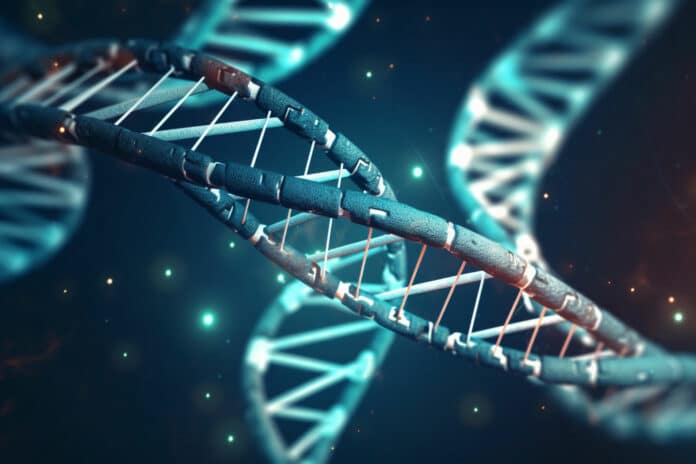Researchers at Rutgers University have made a significant breakthrough in disease detection. They have developed a novel method to rapidly and accurately identify and diagnose deadly infectious diseases. This innovative approach could revolutionize how healthcare professionals detect and manage such conditions.
Rutgers scientists created a super-sensitive test to spot deadly infectious diseases early. They use tiny genetic material balls, much smaller than human hair, in a computer chip sensor. This technology could change how we deal with epidemics in the future.
Mehdi Javanmard, a professor in the Department of Electrical and Computer Engineering at the Rutgers School of Engineering and an author of the study, said, “During the COVID pandemic, one of the things that didn’t exist but could have stemmed the spread of the virus was a low-cost diagnostic that could flag people known as the ‘quiet infected’ – patients who don’t know they are infected because they are not exhibiting symptoms. In a pandemic, the Holy Grail is accurately pinpointing an infection early. Because once a person is showing symptoms – sneezing and coughing – it’s too late. That person has probably infected 20 people.”
For 20 years, Javanmard has worked on biosensors, devices that watch and send information about life processes. When COVID-19 hit and caused so much suffering, he wanted to find a way to use biosensors to detect illness early.
Javanmard teamed up with Muhammad Tayyab, a doctoral student at Rutgers, and other researchers from the Karolinska Institute in Sweden, Stanford, and Yale universities. They wanted to use their knowledge to create something new.
The biosensor they made goes through several steps. First, it finds the unique genetic pattern of the virus. Then, it multiplies this pattern many times, up to 10,000 times. After that, it groups these thousands of tiny genetic copies into small balls that are big enough to be seen and measured.
The tiny nanoballs are detected using electricity as they pass through small channels with electrodes on either side. Think of it like people walking through an airport security gate and getting scanned individually. This method takes the virus’s genetic material. It rolls it into a DNA ball big enough to be seen by a particular device called an electronic cytometer. This helps to spot infections at the very early stages when very few are in the sample.
This technique can work with blood and saliva samples. It can detect early infections caused by various viruses, including the common cold’s rhinovirus and even bacterial diseases like tuberculosis. The technology is small enough to fit in a computer chip, making it portable and wearable.
Shortly, it could quickly identify viral infections in their early stages. In the long run, it might also help with testing for bacterial diseases and checking for bacterial contamination in food and water supplies. This technology protects our health, the economy, and livelihoods from harmful pathogens.
Rutgers scientists’ development of this method represents a remarkable step forward in infectious disease detection. Its speed and accuracy have the potential to save lives and prevent the spread of deadly pathogens. As further research and validation occur, this innovative approach may become an essential tool in the fight against infectious diseases worldwide.
Journal Reference:
- Muhammad Tayyab, Donal Barrett, Digital assay for rapid electronic quantification of clinical pathogens using DNA nanoballs. Science Advances. DOI: 10.1126/sciadv.adi4997.
